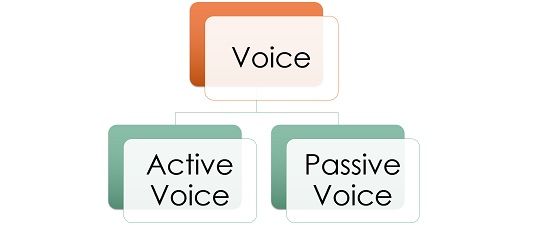Knowing the difference between active and passive voice is important for academic writing. It’s important to state upfront that neither voice is wrong per se; when used correctly, they each serve a purpose in academic writing.
This article will explain the difference between the active and passive voice and our next article, ‘When is Passive Voice Useful?’, will explain how to use active and passive voice effectively your own writing.
What is Active and Passive Voice in Writing?
In sentences written in active voice, the subject (or actor) in the sentence is performing an action. In the simple sentence, ‘The fox chased the rabbit’, the ‘fox’ is the actor and is performing the action of ‘chasing the rabbit’. This sentence is written in active voice.
In sentences written in passive voice, the focus of the sentence is the action, rather than the actor. Passive voice renders the subject a passive recipient of the action. The earlier example can be written in passive voice by reversing it or removing the actor completely: ‘The rabbit was chased by the fox’ or simply, ‘The rabbit was chased’. The focus becomes that the ‘rabbit was chased’, rather than the fox doing the chasing.
Tredinnick (2008, pp. 24–25) says passive voice ‘reverses the normal flow of action. The subject does not perform the action expressed by the verb; it receives the action’.
How Can I Identify Passive Voice?
Some sentences written in passive voice contain the word ‘by’ to hide the actor within the sentence. This is evident in our earlier fox and rabbit example, but also in the following academic examples:
It is therefore evident that underachievement was remediated by the teaching strategies applied during the case study.
The research proposal was endorsed by the Ethics Committee.
Active voice could simplify these sentences, and more clearly identify the actor, as follows:
The researcher’s teaching strategies were successful in remediating underachievement.
The Ethics Committee endorsed the research proposal.
Not all sentences written in passive voice use the word ‘by’. Another way to identify passive voice is to ask whether the actor has been obscured or completely removed from the sentence. Consider the example below:
It is believed that two-thirds of all university students live below the poverty line.
Though this may be true (see our article on student poverty), it’s not clear who believes this.
Is it an authoritative and reputable source, or is it Aunt Marjorie’s opinion?
It was demonstrated that ‘Source A’ could be used to estimate the population of the Ancient Roman city.
Again, who demonstrated this? Used in this way, passive voice has removed the actor from the action. As a result, the writer sounds vague or has made unreferenced generalisations.
At this point it’s necessary to reinforce our earlier statement: passive voice is not inherently wrong, but has been used incorrectly (instead of active voice) in the examples above. To learn how to convert these types of passive voice sentences into active voice, and understand when passive voice is useful, please read our next article, ‘When is Passive Voice Useful?’





